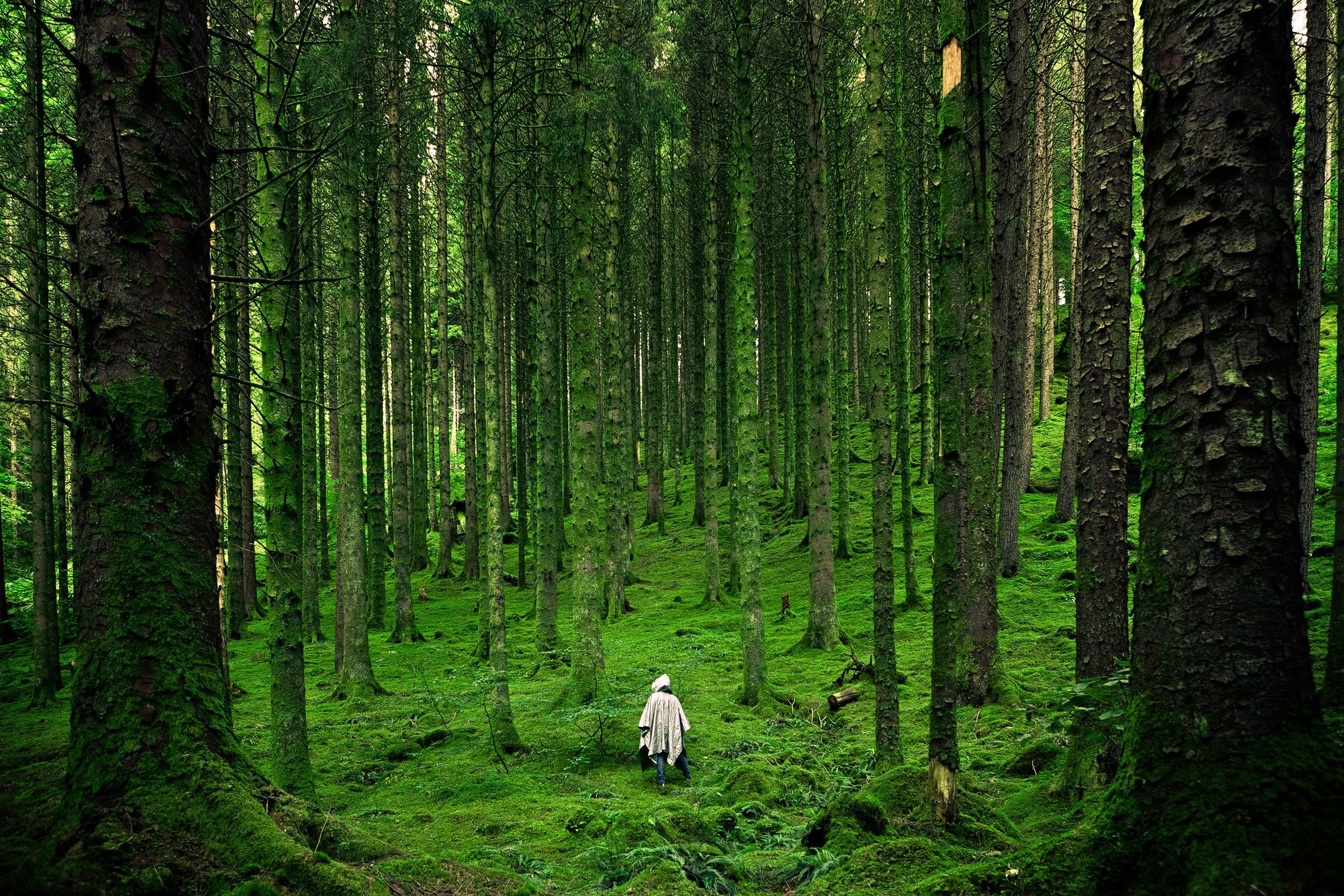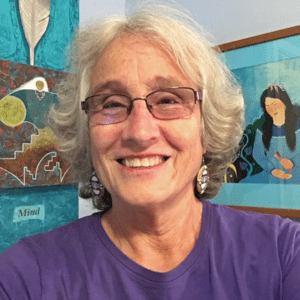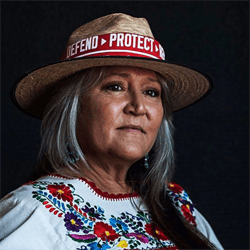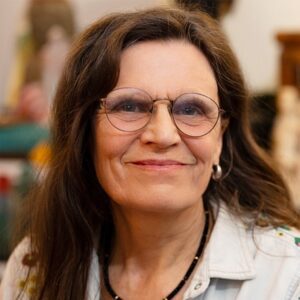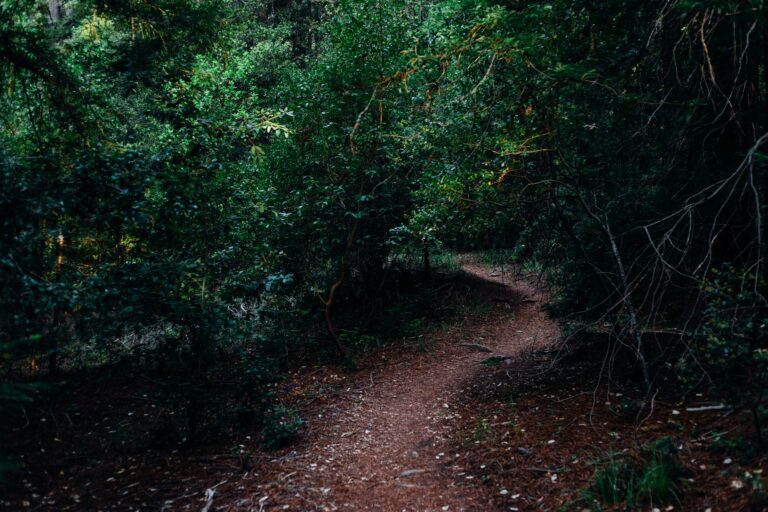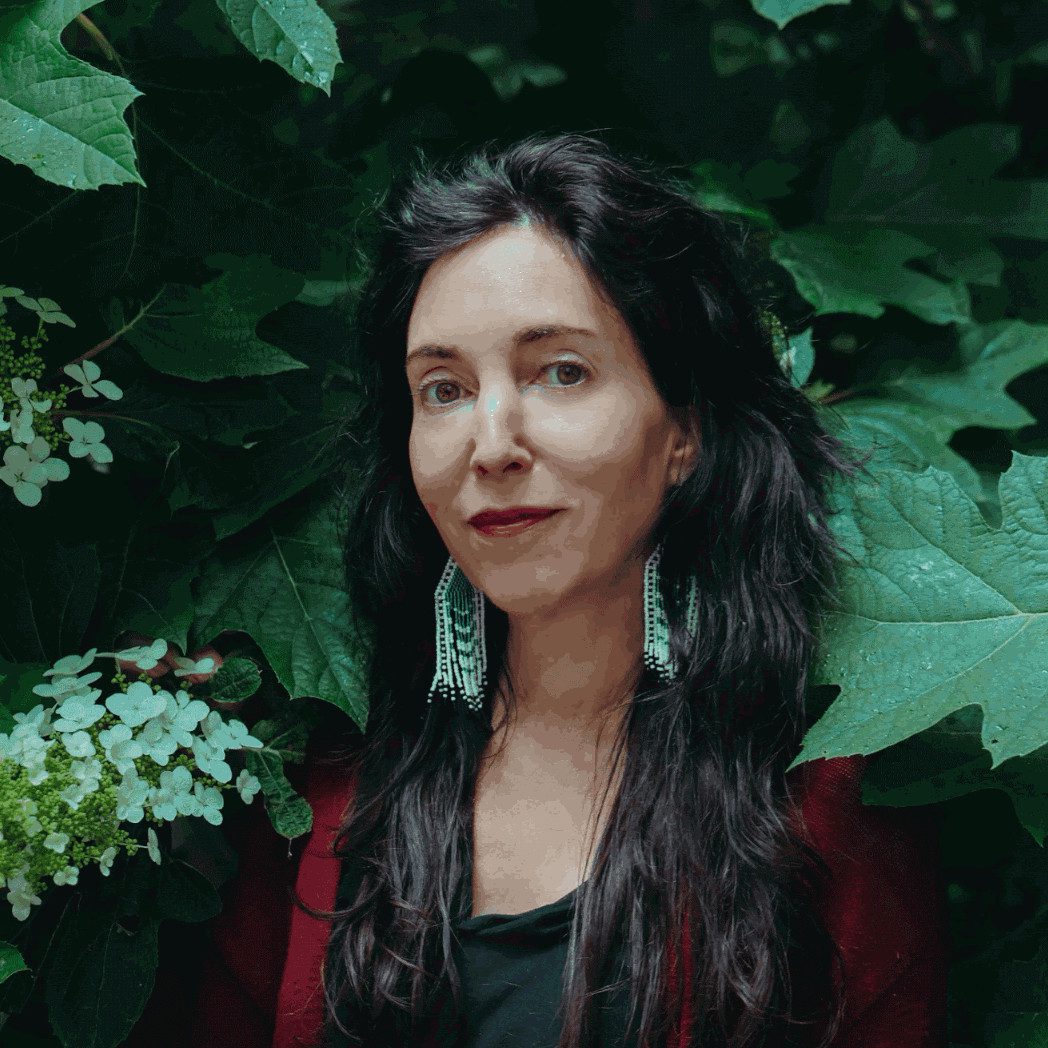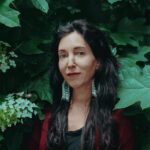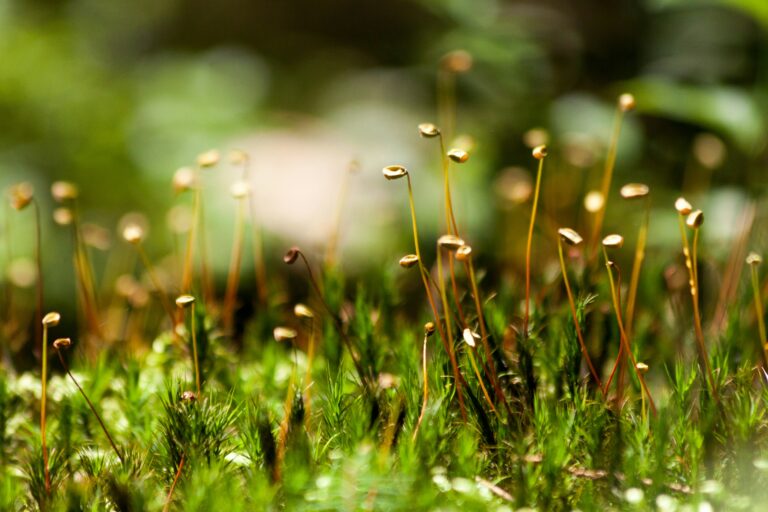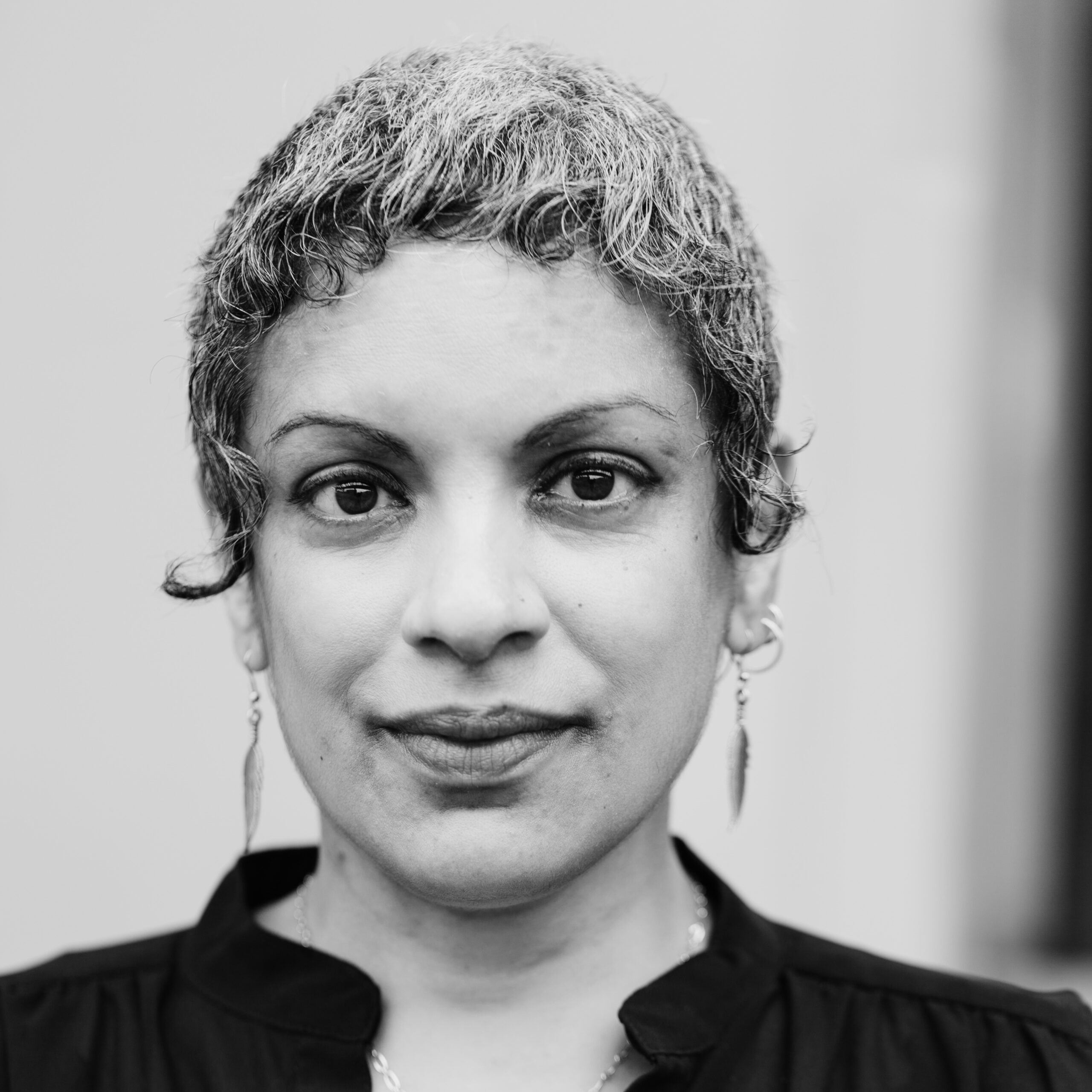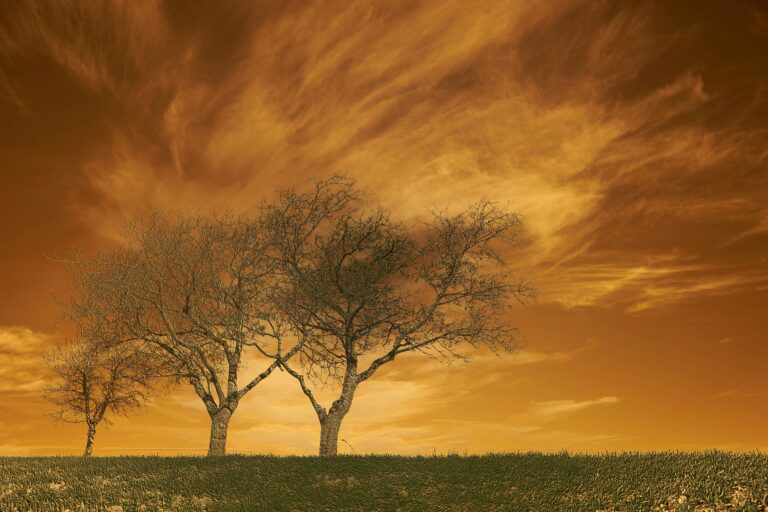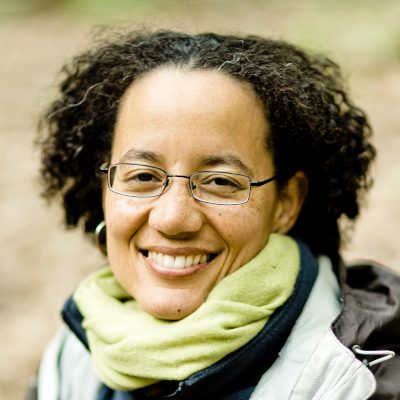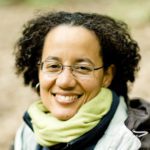Most of us “moderns” have inherited a view of ourselves as separate from the earth. Yet some are heir to lineages that have defied forces of colonialism, genocide, and enslavement. They remember and pass on the embodied knowing that they belong to the living Earth. Buddhist and Indigenous* teachings offer different views of the cosmos and the human. Yet they have the potential to inform and enhance one another in a way that may be exactly what we need at this moment in time.
Over the course of this two-week period, fierce and beloved teacher Thanissara, and protectors and defenders of the sacred system of life Pennie Opal Plant and Alison Ehara-Brown, will take us on a journey to embrace our utter embeddedness in the living Earth. By exploring new ways of looking, we can see for ourselves how the mind shapes our perceptions of ourselves and the world. Through their mutually enriching traditions, we can affirm ways of being and knowing that involve the senses, the heart, and the imagination. From this fertile ground, they will invite us into energized yet humble participation with the webs of life.
As we are now confronted with environmental devastation, global pandemics, an economic system that fosters chaos in the world, and an inability to think clearly or collectively toward a viable way to the future, perhaps it is time to pick up where the Founding Fathers left off and continue to learn from the Haudenosaunee. What better time than now to consider the ancient wisdom of our ancestors who, for thousands of years, sustained a more equitable way of living in proper relationship with the natural world? Who better to model a world where women reside at the center of deliberations and nature exists as our relative—not just a resource?Sandy Bigtree, Mohawk Nation of Akwesasne, and Philip P. Arnold, Syracuse University
*This identification term was chosen by the teaching team.
Exploration Resources
Welcome
In this video, One Earth Sangha co-founders Kristin Barker and Lou Leonard welcome us into this exploration together. Kristin is speaking from a small forest near her home in traditional Piscataway territory and the Potomac River Valley. Lou is speaking from a forest near his home in Osage/Shawnee territory where the Allegheny River and the Monongahela River come together to form the Ohio River.
Guided Meditation
Pennie Opal Plant offers a guided meditation to support us in ‘Sensing Self as Earth.’ If there’s a less-human-dominated space near where you live and you have a mobile device, we encourage you to download this meditation and then take it into the field for practice. For those of you for whom this isn’t available, we’re including a version of the recording with some natural sounds of water, wind, and birds in the background. We also encourage you to explore this meditation more than once, perhaps each day in the practice period.
Please note: part of the meditation involves a vessel of water, so make sure you have a cup or bowl of water with you before you begin.
Here is the recording without any natural sounds.
Here is the recording with sounds of water, trees, and birds (starting around the 9-minute mark).
Core Teachings
The first core teaching is a conversation between Thanissara and Kristin Barker.
The second core teaching is from Pennie Opal Plant and Casey Camp Horinek, an elder of the Ponca Tribe of Oklahoma. It was recorded as part of a longer webinar:
Pennie Opal Plant and Casey Camp Horinek – Transcript
You may choose to view the full webinar recording here.
We also include an audio recording of this conversation with Baba Mandaza, referenced by Thanissara in her offering.
A transcript of the conversation can be found here.
Individual and Group Practices
We offer here a set of contemplations and inquiries designed to support the teachings to root more deeply. Consider these suggestions and feel free to adapt, replace and augment. We strongly suggest that you explore at least one contemplation and one inquiry.
Contemplations
We invite you to practice with these at home or make your way to a more wild place nearby. Experiment with different forms, walking or sitting. Be sure to take time at the beginning to settle and gather attention before inviting the mind into the contemplation.
Thanissara speaks about the necessary internal work for those conditioned by modern, Western culture of moving beyond separative consciousness. The Heart Sutra dissolves all dualities, giving us nowhere to land but in our fundamental awareness. Zen Master Dogen spoke of awakening as ‘intimacy with all things.’ Thích Nhất Hạnh has said that ‘we are here to awaken from the illusion of our separateness.’
- Experiment with the view that your mind, body, and heart are of the same substance, continuous with, the air, the waters, the trees, the creatures around you. What is it like to sense this way, to loosen and dissolve these boundaries?
- Thanissara reminds us that the path of mindfulness is about setting the pursuits of mind aside and privileging the senses, including the heart’s sense. How does this invitation effect your connection to the living Earth community / the Sacred System of Life?
- The biomass of humans and domesticated plants and animals far surpasses the biomass of life that remains wild on this earth. What do you notice as you allow this in? In particular, how does this land with your heart? Can you make space for the heart’s response? What is it like to sense this loss of wildness as happening in your own awareness, your own being, not somewhere ‘out there’?
Inquiries
Individuals and group members can explore these inquiries on your cushion, and then in journaling. Groups might follow up with or go directly to dyads or triads.
- In which spaces or activities in your life do you feel the most separated from Nature, the living Earth community, or the Sacred Systems of Life? What does it feel like to bring an intention for intimacy, to remember your ecological nature, where you habitually feel separate? What do you notice as you explore this?
- Can you sense the loss of wildness that is accelerating in the world reflected in your own mind and being? What might it look like to reclaim wildness within and between us – creativity, stepping outside the norms, unknown-ness, foregoing of what’s considered functional or productive in a human context?
- How might you begin to bring reciprocity into your relationship with the non-human relatives around you, with your garden or the waters near where you live, for example? You might approach a plant relative with the prayer, I bring an offering of tobacco, do I have your permission to take some cedar, tomatoes, flowers, etc.? Sometimes when we listen carefully, the plant says no. What is it like to prioritize the relationship with this being over what you want from them?
For those of you gathering in groups to do some of these inquiries, Liberating Structures is an excellent resource for structuring group conversation. We especially like 1-2-4-all and Conversation Café.

